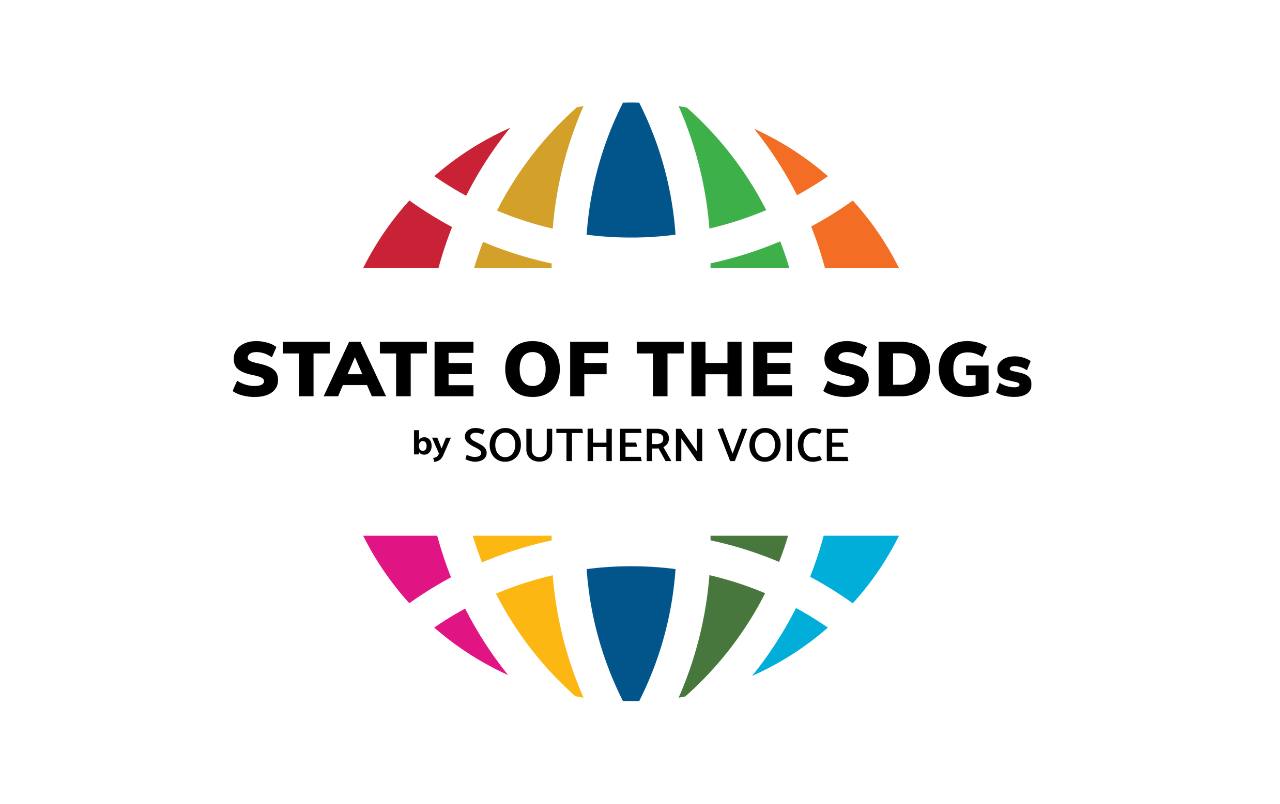The discussion will focus on the implementation of the 2030 Agenda in Africa, Asia and Latin America.
Across the world, the COVID-19 pandemic has exacerbated the state of inequality. Existing gaps in opportunity and quality of life have been deepened, new ones have appeared. These inequalities exist at the individual, local, national, regional, and global levels. But with how much exactitude do we actually understand the new state of inequalities, and what it means for the achievement of the Sustainable Development Goals?
In 2018, we kicked off the first iteration of our two-year-long State of the SDGs research initiative – aiming to meaningfully monitor, from various Southern perspectives, progress towards the SDGs. Back then, the research produced by the teams involved already highlighted, across the Global South, very disparate prospects of achieving critical Global Goals by 2030. Today, the unprecedented nature of the crisis has made leaving no one behind in our road to 2030 an even more pressing priority.
In this context, the second “State of the SDGs” initiative, currently underway, seeks to meaningfully address the complex state of inequalities at the country, regional, and global levels. Three research consortia — from Africa, Asia, and Latin America — were selected through an open call, to answer key questions such as:
- What new inequalities have emerged across the Global South?
- How are they impacting the achievement of crucial development objectives, within the context of the years remaining on the SDG agenda?
- What can we learn from the policy initiatives “tried-and-tested” during the pandemic?
- What types of tailored policy responses does the Global South need, at the national, regional, and global levels?
The work of each consortium is grounded in country case studies, and centers on an area of inequality that was significantly exacerbated by the pandemic. It is also an area with significant impacts on the overall achievement of the SDGs at the regional level.
- In Africa, researchers from Benin, Tanzania, and Nigeria are charting a path out of exacerbated crises in education. To do so, they are first examining, at the country level, the state of learning inequalities at the exit of the pandemic. Their work will also highlight lessons learned from the various measures implemented during the pandemic to try and maintain some continuity in education.
- In Asia, researchers from India, Sri Lanka, and Pakistan are looking into ways to mitigate the impacts the economic crisis had, and still has, on small business owners and vulnerable workers. For this, they are each, in a first stage, analyzing the various channels of impact, as well as understanding which categories of workers, and which types of small businesses, were hardest hit, and why.
- Finally, in Latin America, researchers from Peru, Chile, and Paraguay are focusing on the labor status of both internal and international migrants at the exit of the pandemic. Part of this work involves investigating how the crisis impacted various migrant groups, to determine differentiating factors. In addition, the team seeks to ground proposed responses in an understanding of how the situations driving the uncertainty of migrant workers’ future are expected to evolve.
The key output of the SVSS is a “Global Report”, offering evidence-based recommendations to regional and global-level governance actors to support reducing inequalities.
With this second “State of the SDGs” initiative, we aim to harness the collective and contextualized knowledge of our network, through a bottom-up approach, to inform the decisions that will drive the final phase of the SDGs. This process, as it is designed, should support these decisions, in the post-pandemic context, being aligned with Southern priorities for a medium-term recovery, as well as longer-term aspirations to “build back better”.
Learn more about the projects in the videos below:
Video
YouTube
Centre for Poverty Analysis | Southern Voice State of the SDGs II
Centre for the Study of the Economies of Africa | Southern Voice State of the SDGs II
Instituto de Estudios Peruanos | Southern Voice State of the SDGs II
Centre for Policy Research India | Southern Voice States of the SDGs



